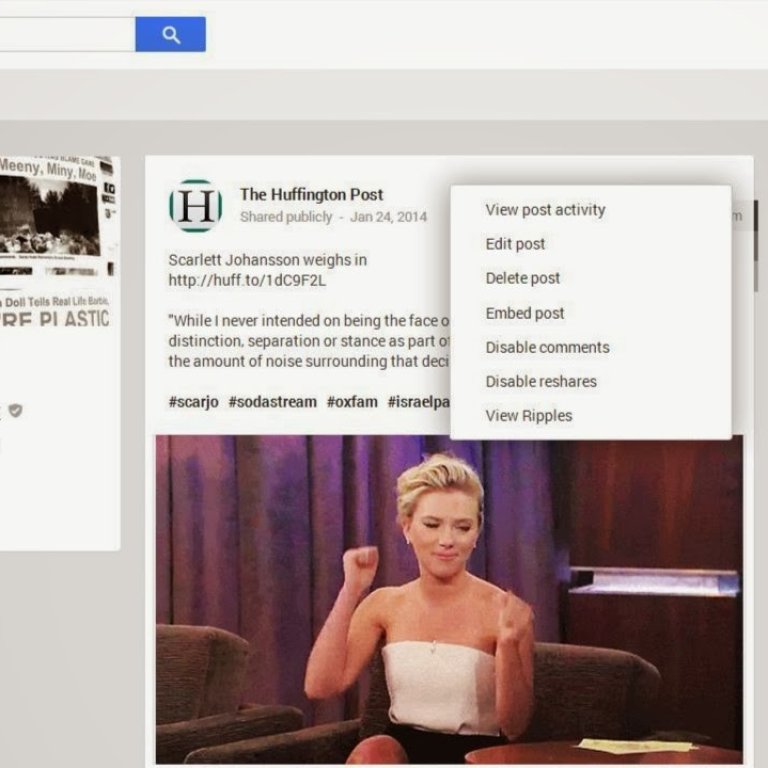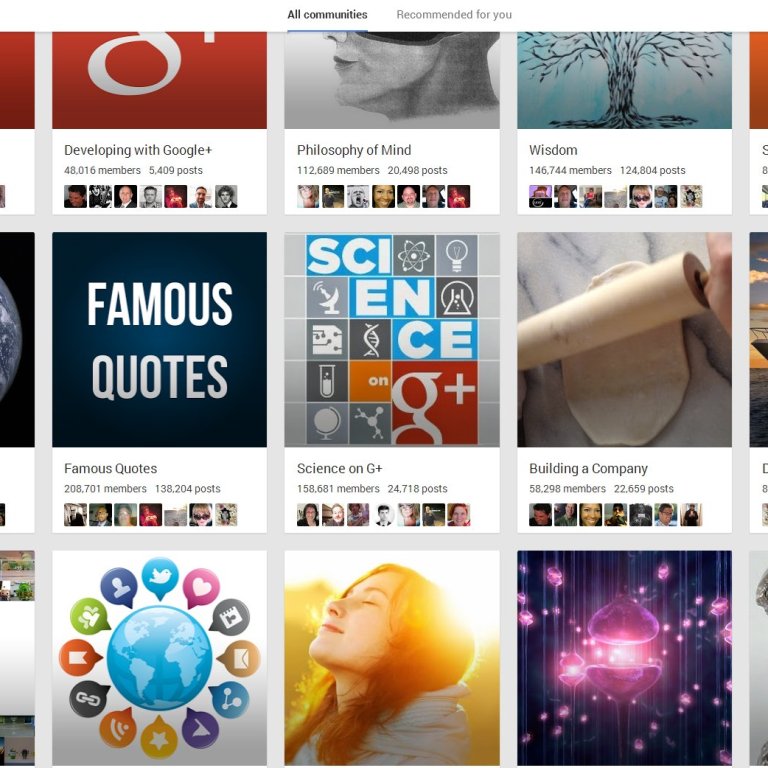Nokia was once a dominant force in the wireless world. CNET takes a look at its successes -- and what went wrong.

Nokia's headquarters in Espoo, Finland, is known as Nokia House, or NoHo, and is the centerpiece of an industrial park on the bay. It's about a 10-minute drive from the center of neighboring Helsinki. Roger Cheng/CNET
You never forget your first cellphone.
Mine was the Nokia 5190. By today's standards, it was bulky and embarrassingly lacking in features. It made phone calls and played the game "Snake." Forget a Retina Display; it boasted a monochromatic screen with a green backlight. And how's this for fashionable: It came with a freebie leather case and belt clip that I, regrettably, wore proudly.
It was perfect.
Nokia served as my ambassador to the wireless world, letting me experience for the first time what it truly meant to be unfettered from landlines and payphones (remember those?). It was a massive revelation for a young reporter on the road. For better or worse, Nokia helped set me on the path to becoming the gadget-obsessed geek I am today.
So it's with a fair bit of melancholy that I bid farewell to Nokia. On Friday, the once-staid Finnish company confirmed that it had completed the sale of substantially its entire devices and services business to Microsoft. Microsoft said the unit, now named Microsoft Mobile Oy, would fall under its devices group.

Nokia's headquarters has a lounge that features a lineup of past notable devices. Roger Cheng/CNET
"Today is an exciting day as we join the Microsoft family, and take the first, yet important, step in our long-term journey," said Stephen Elop, the former CEO of Nokia and the new head of devices at Microsoft, in a blog post.
Microsoft's $7.5 billion acquisition is a sobering reminder that even the strongest companies can fall.
Next to Motorola, which invented the mobile handset, there was no bigger name in the business than Nokia. The company has been on such a steady downward slide over the past six years that it's easy to forget how dominant and long-lasting its reign was over the cellphone business. Samsung Electronics is heralded as a titan with just over a quarter of the global handset market today; Nokia at its peak in 2007 controlled 41 percent of the market.
"It's hard to imagine any vendor reaching 41 percent share in today's world," said Ken Hyers, an analyst with Strategy Analytics.

Stephen Elop, former Nokia CEO and now head of Microsoft's devices business, speaking at Mobile World Congress last year. Stephen Shankland/CNET
By the end of last year, Nokia's market share still sat at 15 percent, thanks to a horde of cheaper basic phones, according to data compiled by Strategy Analytics. Its share of the smartphone market was in the low single-digits.
But when Nokia was on top, nobody could touch it. That kind of success eventually bred an obstinate attitude and vulnerability that was exposed first by the Motorola Razr, and then more fully by Apple's iPhone.
Floundering in a world that was moving forward without it, Nokia tapped outsider and Microsoft veteran Stephen Elop in 2010 to shake things up, which he promptly did with a controversial decision to drop the company's proprietary software and adopt Microsoft's Windows Phone mobile operating system. What followed was a three-year battle to gain acceptance for Windows Phone software and its Lumia phones.
Now, Nokia's devices and services business finds itself a part of the Microsoft family. "You forget when you see a giant fall, when you're that tall, that high, the collapse is pretty dramatic," Hyers said.
Rubber roots
Nokia isn't going completely away. Beyond mobile devices, the company's telecom infrastructure business, mapping services, and advanced technology division will continue operating under the Nokia brand. It's the latest incarnation of a 150-year-old business that can trace its origins back to making rubber galoshes.
Nokia was an industrial conglomerate in multiple areas before Jorma Ollila took over as CEO in 1992. Prior to his appointment, Nokia was in shambles, having made several poor investments in new businesses -- all in an attempt to transform itself from a paper supplier. Those investments went sour after a massive recession hit Finland. At one point in the late '80s, the board had considered selling the fledgling mobile phone business.
Ollila, however, convinced Nokia to not only stick with the business, but to throw its full weight behind it and the telecommunications infrastructure unit. The company would go on to jettison the rubber, cable, and consumer electronics divisions in the subsequent years.
Ollila made a lot savvy bets early on. Nokia played a big part in the development of GSM wireless technology, a global phone standard still used today. He set up the company's internal manufacturing supply chain, allowing it to quickly and efficiently build its own phones.
The cellphone industry was highly fragmented with multiple vendors who looked at the market on a country-by-country basis. Nokia was one of the first to view the global market as a whole, building phones that worked in many countries at once. But at the same time, it recognized the importance of reaching every price tier. It established a strong presence in high-end Western markets, and saw one of its phone featured in films such as "The Matrix." It played well to audiences in emerging markets such as India, where phones would sold for as little as $40.
In 1998, Nokia overthrew Motorola to become the world's largest phone manufacturer. By the time I purchased the 5190 in a year later, Nokia supplied a little more than one out of every four phones in the market.
"Nokia was to mobile as Kleenex was to tissue paper," Hyers said. "That was how dominant they were."
It wasn't just the nuts and bolts that won Nokia praise. The phones looked great. And Nokia did a lot of work to reduce the size with each new generation. The Finnish design aesthetics worked for consumers. "Back then, cellphones were simple, but did they have style? No," said IDC analyst Ramon Llamas. "That was something Nokia was quick to pick up."
The company was in full expansion mode.
"Those first years were crazy," said Petra Soderling, a former Nokia employee who worked at the company between 2000 and 2012, and now runs a nonprofit software support community called Mobile Brain Bank. "New people were being hired from left and right...even the bust of the dotcom bubble didn't seem to have much impact on how fast mobile was growing."
Nokia embraced "Nokia DNA," a concept that its phones all have a distinct, but consistent look. While the company experimented with multiple designs, its engineers were wedded to the "candy bar" look.
That stubborn refusal to change the design turned out to be the first crack in its dominance.
Rise of the Razr
While most of the world was gobbling up Nokia's steady menu of candy bar-shaped cellphones, consumers in North America began eyeing flip phones, handsets with a clamshell design.
Motorola, mounting a comeback of its own, led the charge for flip phones, and cemented the trend with the debut of the ultra-slim Razr in late 2004. It remains one of the most successful cellphones ever, reigning as a top seller for nearly three years.
By the time I purchased a Razr through Verizon Wireless, the model was almost two years old. I was still excited to own one. And it had been years since I thought about Nokia.

Motorola's ultra-thin Razr. CNET
Nokia refused to succumb to the whims of a select region, instead pressing on with its candy bar designs featuring higher-end components such as metal ball-bearings found in luxury cars. I asked Nokia executives about the possibility of a flip phone several times in those years. They dismissed it as a fad.
Hyers recalled that a Nokia executive complained about how he couldn't open it up with a single hand. Meanwhile, the analyst and his colleagues were all using flip phones (which they had little trouble operating with one hand).
It was at this point that Nokia largely abandoned the US market. The US carriers were increasingly looking for vendors to supply customized phones, a request that upstarts Samsung and LG were all too happy to fill. The carriers backed away from Nokia, which maintained a niche presence in the US through a handful of boutique stores.
"Nokia wasn't delivering, or not delivering quickly enough," said Gartner analyst Tuong Nguyen. "The Korean vendors could deliver it faster, and they were able to pick up on (Nokia's) weaknesses."
Nokia's N95, for example, was hailed by the company's fans as the ultimate showcase device. But in the US, it was largely ignored because the carriers refused to sell it.
Motorola, fueled by the Razr, had taken the crown in the US, and then-Motorola CEO Ed Zander believed he had enough momentum to realistically gun for Nokia's global leadership position.
Ultimately, Motorola failed to build upon the success of the Razr. Nokia's decision to abandon the US market didn't have any immediate consequence; it continued to gain market share around the world and hit its peak until the second half of 2007. That was after the release of Apple's first iPhone.
Apple's smartphone revolution
Contrary to public misperception, Apple did not invent the smartphone. Before Steve Jobs' touchscreen powerhouse came on the scene, Nokia was the leader in the smartphone business, owning roughly half the market.
But what the iPhone brought to the market was a new sense of what a smartphone could do, and who could benefit from such a device: virtually everything and everyone. Apple led the charge in turning the smartphone into a consumer device from one primarily used in a corporate setting, a notion that then-Research in Motion had scratched at the year before with its compact and consumer friendly BlackBerry Pearl.

The original iPhone. Declan McCullagh/CNET News.com
Apple's slick iOS touchscreen-based software revolutionized how people interacted with their phones. In comparison, the slew of smartphones in the market worked on older, clunky operating systems. Nokia's Symbian software was no different, and it was starting to show its age just as the iPhone, and later Google's Android operating system, began to take off.
Still, Nokia refused to jump on the touchscreen bandwagon, again showing its inability to adapt to new trends. It waited a year after the original iPhone launched to unveil its first touchscreen phone, the Nokia 5800. Unfortunately, it was less a smartphone and more a handset optimized to play music.
Just as important was Apple's success in popularizing the concept of an app store. Nokia actually had a fairly robust app store, but it was geared to more technically savvy users, and not as easy to use as the iOS App Store. The app ecosystem is credited with locking customers into Apple's operating systems, firming its lead in the smartphone business.
In doing research for a profile on Nokia in late 2012, I had a chance to talk with a several former and current employees about what it was like at the company at that time. To many of them, it wasn't just arrogance that kept them rooted in Symbian, but the inability to take risks.

The first floor of Nokia House's central building houses the Cantina, the largest public space in the company's headquarters. Roger Cheng/CNET
"There wasn't a sense of urgency," a former Nokia executive told me. When dealing with a machine that pumped out millions of phones, a single mistake or bad call could cost the company billions of dollars. As a result, management was structured around many layers of approval bodies and meetings. "The whole structure was built to prevent mistakes."
The lack of urgency is understandable; Nokia's share of both the smartphone and total cellphone markets were in decline, but the drop-off wasn't dramatic. In countless interviews with Nokia executives, they were quick to point to their market leadership as proof they were still in a strong position.
Nokia attempted to dress its Symbian platform with well-crafted hardware, using premium materials and high-end camera technology. But the company knew Symbian couldn't be its long-term software option, and was readying a next-generation platform, Meego, as its successor.
Aside from one commercial device, the N9, Meego was not to be.
Jumping off a "Burning Platform"
After four middling years with Nokia veteran Olli-Pekka Kallasvuo at the helm, the company's board opted to go with an outsider. In came former Microsoft executive Stephen Elop, who was unburdened with the institutional baggage that had developed at the company.
Just a few months after taking over in September 2010, Elop made waves with his infamous "Burning Platform" memo, which called for the company to take drastic action to change or die. That change came in the form of Nokia dumping Symbian and its burgeoning Meego platforms and betting on his former employer's Windows Phone platform for its high-end smartphones.

Nokia CEO Stephen Elop showing off a the Lumia 900. Josh Miller/CNET
Some veteran Nokia employees were appalled. Others applauded the new direction.
Love or hate him, credit Elop for bringing a new sense of urgency to the company. My profile of Nokia found a company whose employees were geared up for a startup mentality. There was a willingness to take risks. Some even allowed themselves to hope a comeback was possible.
Starting with the Lumia 800 and Lumia 710, which debuted in October 2011, Nokia began a long, slow battle to win fans over for its own phones. It also became Microsoft and Windows Phone's biggest cheerleader.
Innovating with Lumia
Roughly a year later, during the debut of the Lumia 920, Elop boldly touted the phone as the most innovative in the industry.
It wasn't simple marketing bluster. The Lumia 920 featured an ultra-sensitive touchscreen that your fingers could swipe even if you had gloves on. It was one of the first phones to popularize wireless charging - complete with color-coordinated wireless charging accessories.

Stephen Elop showing off the latest Lumia phone at Microsoft's Build developer conference. James Martin/CNET
Most important was the optical image stabilization found in its "PureView" camera lens. Nokia had a heritage of strong camera phone technology, and the company continued to build upon that with a more stable camera that could also take low-light pictures. The following year, Nokia pushed the technology further by packing a 41-megapixel camera into the Lumia 1020, allowing for 3X zoom.
But all of those innovations did little to turn the heads of consumers, who were still gravitating toward the iPhone and the increasingly popular Samsung Galaxy S franchise. The first Lumia phone for the US, the Lumia 900, enjoyed a joint marketing push by Nokia, AT&T, and Microsoft, including a launch concert featuring Nikki Minaj in Manhattan's Times Square. Unfortunately, those efforts fizzled when it came to raising awareness.

The Nokia XL, a larger version of the company's Android-powered phone. CNET
It wasn't until Nokia began expanding its portfolio to include more affordable Lumia phones that its market share position began to tick up. The company pressed the affordable strategy at Mobile World Congress in February with the debut of Nokia X, an Android-powered smartphone priced around $120 without a contract.
"This is such an awesome opportunity," Llamas said.
The progress has been slow, but steady. In the US, Nokia finally overtook Motorola in market share in the third quarter of 2013 as the fourth-largest smartphone vendor - long overdue payback in the back-and-forth between these two storied, but dramatically diminished, companies (Google is in the midst of foisting money-losing Motorola on to Chinese vendor Lenovo).
Despite the work that went into reviving Nokia, the company couldn't pull itself out of the red. Microsoft, with far more financial resources, looks like a logical home.
I'm not alone in my melancholy. Former Nokia vet Soderling said she started feeling emotional today when her Facebook stream started filling with pictures of the glowing blue Nokia sign being taken down at the Espoo, Finland, headquarters, replaced with a white Microsoft logo.
That Nokia could fall so low serves as a lesson to all handset vendors. As dominant as Samsung and Apple are, Nokia was even bigger in its prime.
Perhaps Microsoft and Elop can continue to build the Lumia brand with more advanced bells and whistles. But sometimes, I do miss the simplicity of the 5190, stubby antenna and all.

























